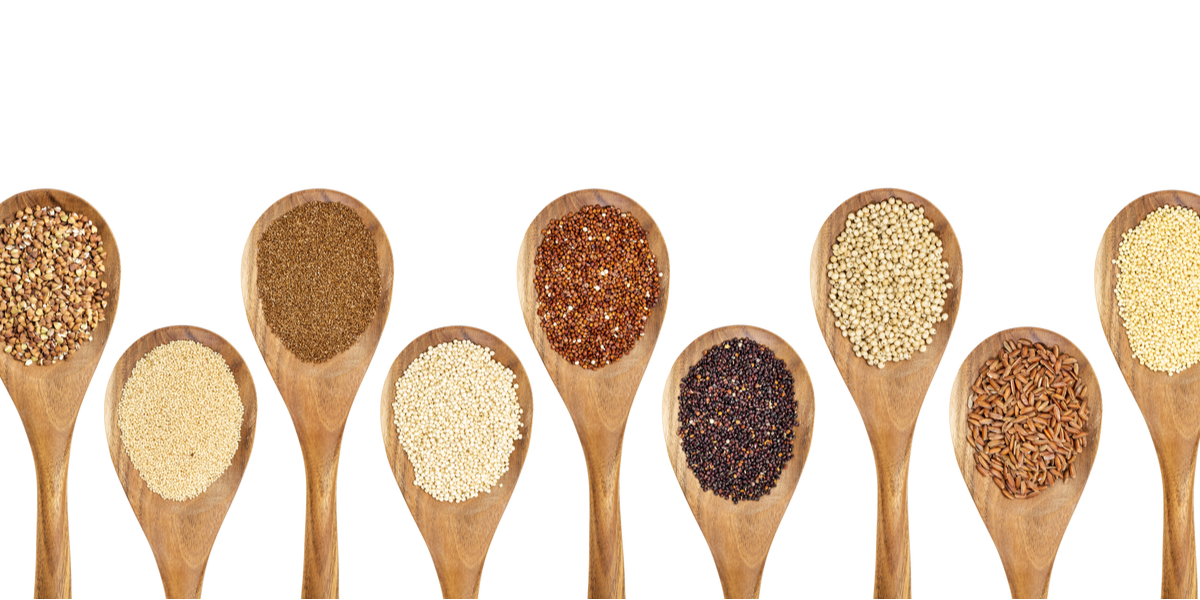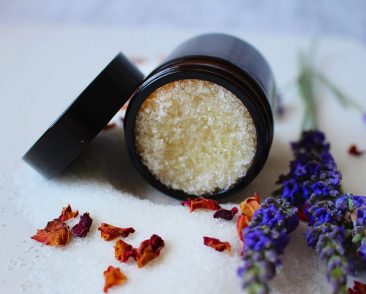It’s the battle of the grains – brown rice vs. quinoa! In today’s blog, quinoa, the praised superfood, will face off the beloved, and ever-so-versatile brown rice. They’re kitchen staples and go-to’s for healthy eaters around the world. Keep reading to learn more about the nutritional facts for both grains, and how to incorporate them into your weekly rotations for a great taste – and, more importantly, even greater health benefits!
Brown Rice: The Facts
Let’s kick things off by getting friendly with that box of brown rice that, chances are, is already sitting in your pantry. Characterized by its “nutty”, “earthy” flavor, brown rice is a whole grain rice with the inedible outer hull removed. What distinguishes brown rice from white rice is the existence of the outer two layers – the bran and the germ – white rice is stripped of these two layers, and, as a result, doesn’t have the same minerals and nutrients of its sibling, brown rice.
Now that we have the basics, let’s dive into a report of brown rice’s nutritional value. We’ll start the way that all great things in the kitchen should start – with a measuring cup.
One cup of cooked brown rice clocks in at 218 calories, and will fuel you with 4-5 grams of protein per cup. It’s important to note that brown rice is not a complete protein, and it only contains a few amino acids.
Let’s turn to fiber – a key element for any balanced diet. Fiber is essential; it keeps us full longer, promotes healthy digestion, and even reduces the risk of diabetes. That cup of brown rice yields a hearty 3.5 grams of fiber – for comparison, a cup of white rice contains about 0.6 grams.
If we’re talking carbohydrates, brown rice will give you 46 grams for each cup.
Micronutrients are often overlooked, but consider taking an extra moment to review them to guarantee a complete understanding of what’s going into your body. Brown rice is packed with phosphorus for healthy bone formation, manganese for brain function and tissue formation, magnesium for anti-inflammatory benefits, and selenium for a boosted immune system.
Quinoa: The Facts
Quinoa is the new grain on the block, and it has gained popularity as a replacement for rice, an addition to salads, and a base ingredient for healthy snacks. A flowering plant in the amaranth family, quinoa is fluffy when cooked, and has that “nutty” taste profile (like brown rice!), and is packed with important nutrients.
One cup of quinoa will run you 222 calories, almost identical to brown rice’s 218 calories. Here, there’s not much of a difference. This mighty grain is packed with 8 grams of protein per cup, and – wait for it – is a complete protein, fulfilling all nine essential amino acids. Nutritionists love quinoa for this reason; it’s one of the only plant sources that qualifies as a complete protein. If you’re following a vegan or vegetarian diet, try incorporating quinoa into your meals for plant-based protein that packs a punch!
When it comes to fiber, quinoa wins out with 4.4 grams per cup, compared to brown rice’s 3.5 grams! If you’re looking to increase your fiber intake, which is linked to weight loss, give quinoa a go!
Carbohydrates are crucial, as they provide us with energy to sustain both our bodies and minds. However, for those following a low-carb diet, quinoa may be the winning grain for you. It clocks in at 31 grams of carbohydrates per cup, compared to brown rice’s 46 grams (and white rice’s 49!).
Quinoa shines when micronutrients enter the conversation. Like brown rice, quinoa is also rich in manganese, phosphorus, magnesium, and selenium. But, it’s also packed with iron for hemoglobin production, zinc for optimal metabolism, calcium for bone formation, and potassium for a healthy heart. Here, we see that a single cup of quinoa has four to five times the amount of nutrients than that of brown rice!
Go for the Grains
Overall, both brown rice and quinoa are nutritious foods that can help you sustain a balanced diet, enjoy foods that make you feel good, and, ultimately, live your best life – starting in the kitchen. Plus, brown rice and quinoa are naturally gluten free, so they’re an excellent option for those with Celiac disease, gluten intolerances or sensitivities, or those looking to simply reduce their gluten intake.
Both foods are great sources of minerals and fiber, and they support healthy digestion. But, if you’re looking for a mineral rich, high-protein addition to your favorite recipe, give quinoa a try, as it tends to offer more nutritional benefits than brown rice. Here at Makeena, we believe that all of your favorite foods can be a part of a balanced diet, but, for us, quinoa takes the cake!
For your next meal, check out this inventive and nutritious Mediterranean quinoa salad. Packed with our favorite Mediterranean flavors, this salad is customizable to your dietary needs, is protein-rich, and makes the perfect, packable lunch or first course at your family dinner table.
To learn more about our favorite superfoods to enrich your palette, meals, and life, check back for our next blog and sign up for our email list so you never miss a new post!




